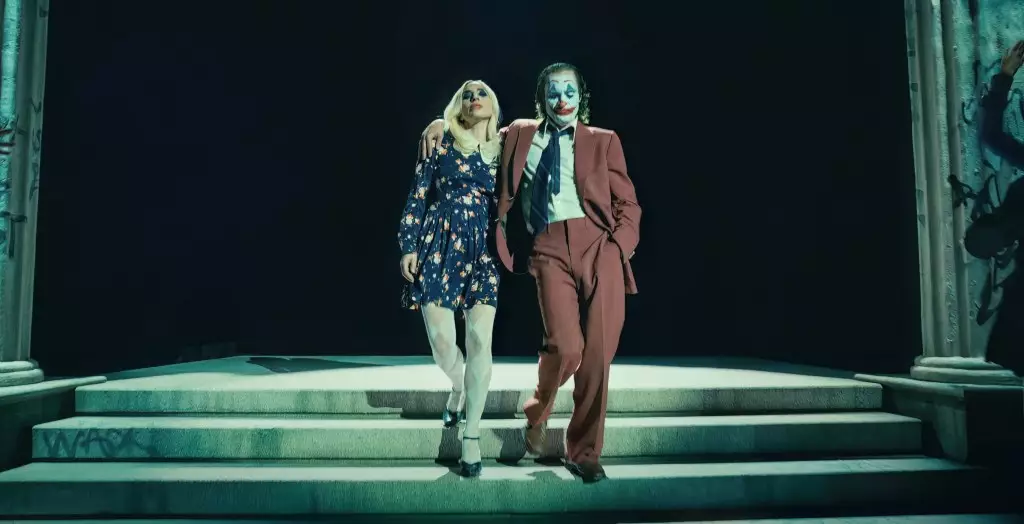The release of “Joker: Folie à Deux,” the highly anticipated sequel to Todd Phillips’ 2019 film, has been met with a wave of criticism that not only comes from film critics but also from insiders within the project. One notable voice is actor-comedian Tim Dillon, who had a minor role as a guard in Arkham Asylum. His candor during an episode of The Joe Rogan Experience has ignited discussions around the film, which he labeled as “the worst film ever made.” His behind-the-scenes observations provide a rare glimpse into the disconnect that can sometimes occur during the filmmaking process and the final product that reaches the audience.
Dillon critiques the artistic direction taken in the sequel, suggesting that it diverged drastically from the thematic depth explored in the original “Joker.” He argues that after the first film garnered significant attention and was allegedly embraced by controversial demographics, there was a decision to “counteract” that sentiment with a musical approach. This shift, he contends, manifests in bizarre scenes featuring Joaquin Phoenix and Lady Gaga engaged in tap dancing—a jarring contrast to the psychological intensity of its predecessor. Dillon’s position raises questions about whether the creative choices made in “Folie à Deux” risk alienating the audience that resonated with its darker themes.
Dillon’s critique extends beyond stylistic choices, pointing to an apparent lack of coherent plot structure that permeates the film. He recounts conversations with fellow actors on set where they expressed confusion about the narrative. His assertion that the film appears to lack a solid storyline poses significant concerns for both fans and critics alike who expect a strong narrative foundation from successful sequels. In an age where complex storytelling often enhances cinematic experiences, the absence of a clear plot trajectory in “Joker: Folie à Deux” challenges its legitimacy as a sequel to a film that achieved both massive box office success and critical acclaim.
Moreover, Dillon claims the film is “not even hate-watchable,” a stark indictment highlighting the struggle for creativity in projects that shouldn’t miss the mark entirely. This commentary frames the film as a departure from not only the successful elements of the original but also from what audiences typically seek in film—engaging stories and relatable characters.
The sequel’s lackluster performance, grossing only $204 million globally compared to its predecessor’s spectacular $1.078 billion, raises questions about its market reception. While Dillon’s critique aligns with the sentiments of several notable figures like Paul Schrader and Bill Maher, there are champions within the industry as well. Filmmaker Quentin Tarantino has voiced his admiration for Phillips’ audacity in pushing back against audience expectations and Hollywood norms.
The differing opinions on “Joker: Folie à Deux” illuminate a polarized landscape within the entertainment industry, framing the film as contentious yet thought-provoking. Some see it as a bold artistic statement, while others view it as a misguided venture that fails to honor the source material’s legacy. This dichotomy reflects the complexity of modern filmmaking, where the balance between creative freedom and audience expectation remains a delicate one.
“Joker: Folie à Deux” captures the zeitgeist of cinematic discussions, questioning artistic integrity, narrative coherence, and audience engagement in contemporary film. As it continues to draw attention, the discourse surrounding it will likely evolve, raising pertinent questions about the nature of sequels and their role in a franchise’s legacy.


Leave a Reply